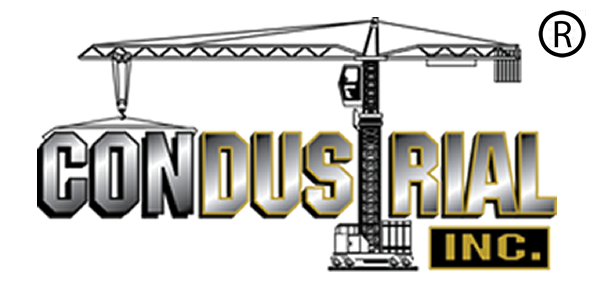What is CNC Programming and What Does it Take to Enter This In-Demand Field

CNC programming refers to the process of writing code that controls the operation of a CNC (Computer Numerical Control) machine. CNC machines are used to create a wide variety of precision parts and components in manufacturing industries such as aerospace, automotive, and electronics. CNC programming is a highly specialized field that requires extensive knowledge of both programming and machining processes. In this blog post, we’ll take a closer look at what CNC programming entails and the steps you can take to enter this field.
How to Enter the CNC Programming Profession
Step 1: Education and Training
To become a CNC programmer, you need a strong foundation in math and computer science. A degree in mechanical engineering, computer science, or a related field is a good starting point. You can also consider completing a CNC programming course from a technical school or community college. These programs typically cover the basics of CNC programming, including G-code and CAM (computer-aided manufacturing) software.
| Education Required | High school diploma with some college coursework needed |
| Educational Field of Study | CNC programming or related field |
| Key Skills | Computer, mechanical, detail-orientation, and precision |
| Job Growth (2020-2030)* | 27% (computer numerically controlled machine tool programmers, metal and plastic) |
| Median Salary (2020)* | $57,740 (computer numerically controlled machine tool programmers, metal and plastic) |
Step 2: Gain Work Experience
CNC programming is a field where experience matters. You’ll need to gain practical experience by working in a machine shop or manufacturing facility. Start by working as a CNC machinist, and then gradually work your way up to become a programmer. This will give you a better understanding of the machining process and the challenges involved in programming CNC machines.
Step 3: Master Programming Languages
CNC programming requires knowledge of several programming languages, including G-code and CAM software. You should also be familiar with CAD (computer-aided design) software such as AutoCAD and SolidWorks. It’s essential to master these programming languages to create accurate and efficient CNC programs.
Step 4: Stay Up-to-Date with Industry Trends
Technology is constantly evolving, and the manufacturing industry is no exception. Stay up-to-date with the latest trends and advancements in CNC technology by attending trade shows, reading industry publications, and networking with other professionals in the field.
Job Prospects and Salary
The BLS projects a growth of 27% for CNC programmers from 2020 to 2030. This growth for CNC programmers is largely due to the widespread shift of many companies to CNC machinery. As more companies transition, the demand for programmers will increase to meet demand.
As of May 2020, the U.S. Bureau of Labor Statistics (BLS) reported that CNC programmers had a median annual salary of $57,740 and typically worked full-time. Due to the continuous operation of machinery, which may include nights and weekends, overtime is often granted to individuals in this role.
Condustrial has open, high paying CNC Programming jobs in the Southeast.
CNC programming is a challenging but rewarding field that requires a combination of technical and creative skills. If you’re interested in pursuing a career in CNC programming, you’ll need to gain a strong foundation in math and computer science, gain practical experience in a machine shop, master programming languages, and stay up-to-date with industry trends. With dedication and hard work, you can build a successful career as a CNC programmer and make a significant contribution to the manufacturing industry.


